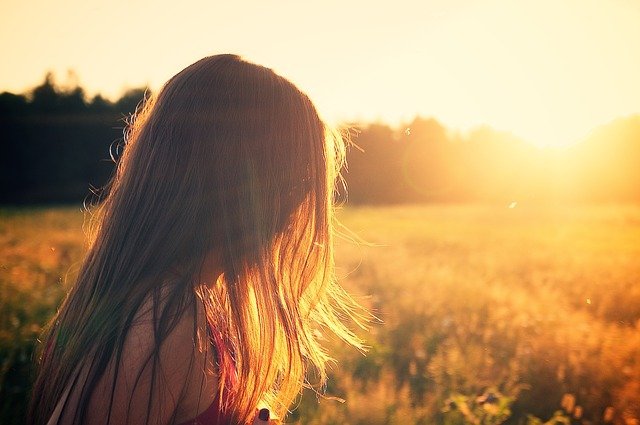What is Attractiveness
Attractiveness is the quality of being pleasing or appealing to the senses. While often associated with physical beauty, it's a complex concept that also encompasses personality, charisma, social status, and even material possessions. What one person finds attractive, another may not, as it is largely shaped by individual preferences, cultural influences, and societal trends.
Stereotypes about Attractiveness
Attractive individuals are often perceived as more successful, intelligent, and competent, a phenomenon known as the halo effect. This cognitive bias leads us to unconsciously associate positive qualities with physically attractive people. Research has shown that this bias starts early; even infants tend to gaze longer at faces that adults have rated as attractive. While we may praise attractive people, studies show we don't necessarily see them as more righteous or concerned about others.
Who or What is Attractive?
Several factors influence who we perceive as attractive. Our feelings toward a person play a significant role—we often find those we love to be more attractive. Social comparison is another powerful factor. Our perception of attractiveness is heavily influenced by our social environment. For example, studies have shown that men may rate their partners as less attractive after being exposed to images of exceptionally beautiful women.
Furthermore, research indicates a pattern of "assortative mating," where individuals tend to pair up with partners of similar physical attractiveness. Some evolutionary theorists, like Oliver Curry, have even made controversial predictions that humanity could eventually split into two subspecies based on these matching patterns, creating a genetic upper and lower class. However, this remains a speculative and debated viewpoint.

The Science of an Attractive Face
What makes a face attractive? Scientists have explored this question through various experiments.
Averageness and Symmetry
Computer-generated faces, created by morphing multiple real faces into a composite "average," are often rated as highly attractive. Some researchers believe this preference is not just for averageness itself, but for the associated features like smooth, flawless skin, which signals youth and reproductive health.
Facial symmetry is another key element. Artificially symmetrized faces are consistently rated as more attractive, and even infants prefer looking at them. This preference for symmetry is also observed throughout the animal kingdom, from the elaborate tail of a peacock to the massive antlers of a deer, where symmetry often signals good genes.
The Golden Ratio
Historically, artists and mathematicians have looked for a formula to define beauty. The Golden Ratio (approximately 1.618), also known as Phi, is a mathematical ratio often found in nature, art, and architecture. Some studies suggest that faces adhering to these proportions—where the distance between features follows this ratio—are perceived as more aesthetically pleasing. While not a definitive rule for all beauty, it highlights our innate attraction to balance and proportion.
Other Features
Beyond symmetry and averageness, other features enhance attractiveness. Faces with pronounced feminine or masculine features, such as high cheekbones in women or a strong jawline in men, are often perceived as more appealing. And, of course, a simple smile can instantly make anyone appear more attractive and approachable.
Beyond the Visual: Voice and Scent
Attractiveness isn't just about what we see; it also involves what we hear and smell.
- Voice: Pitch can play a surprising role in attraction. Evolutionary psychology suggests that men often find higher-pitched voices in women more attractive, potentially signaling youth and higher estrogen levels. Conversely, women tend to prefer lower-pitched voices in men, which can be associated with higher testosterone and physical strength.
- Scent: Our sense of smell detects subtle chemical signals known as pheromones. Research into the Major Histocompatibility Complex (MHC) suggests that we are biologically drawn to the scent of people whose immune systems are different from our own. This genetic diversity could theoretically lead to healthier offspring with stronger immune systems.
Can Attractiveness Change?
Is attractiveness a fixed trait? A 2011 study explored whether facial attractiveness in infancy predicted attractiveness in young adulthood. The results showed no correlation; some attractive babies grew into less attractive adults, and vice-versa. This suggests that attractiveness is not set in stone from birth.
While bone structure is largely genetic, many aspects of our appearance are within our control. Grooming, hairstyle, fashion choices, and self-care can significantly enhance one's attractiveness over time.
The Ideal of Beauty
Every culture has its own beauty ideal—a prevailing concept of what is considered beautiful. This ideal, which typically applies to the body and face, is heavily influenced by fashion, media, and social norms.
Historically, beauty ideals have played a more significant role for women, but they exist for all genders and are constantly evolving. They can shift from emphasizing gender differences to celebrating androgyny, and what is considered beautiful in one era may be seen differently in the next. For instance, the Renaissance era celebrated fuller figures as a sign of wealth and health, while modern fashion has often favored leaner silhouettes. These changing ideals highlight the fluid and culturally constructed nature of beauty.
How Pretty am I?
Try our AI-powered attractiveness test - it's quick, accurate, and free!